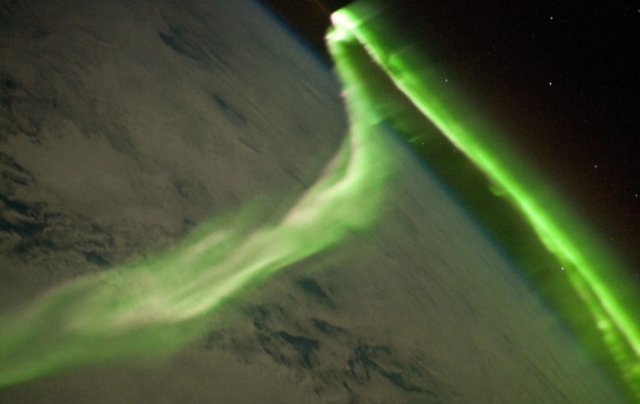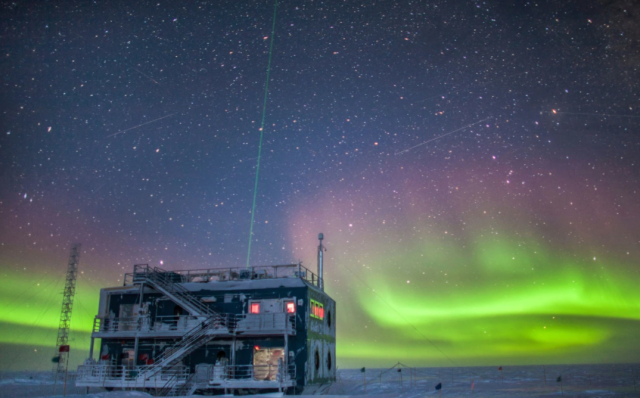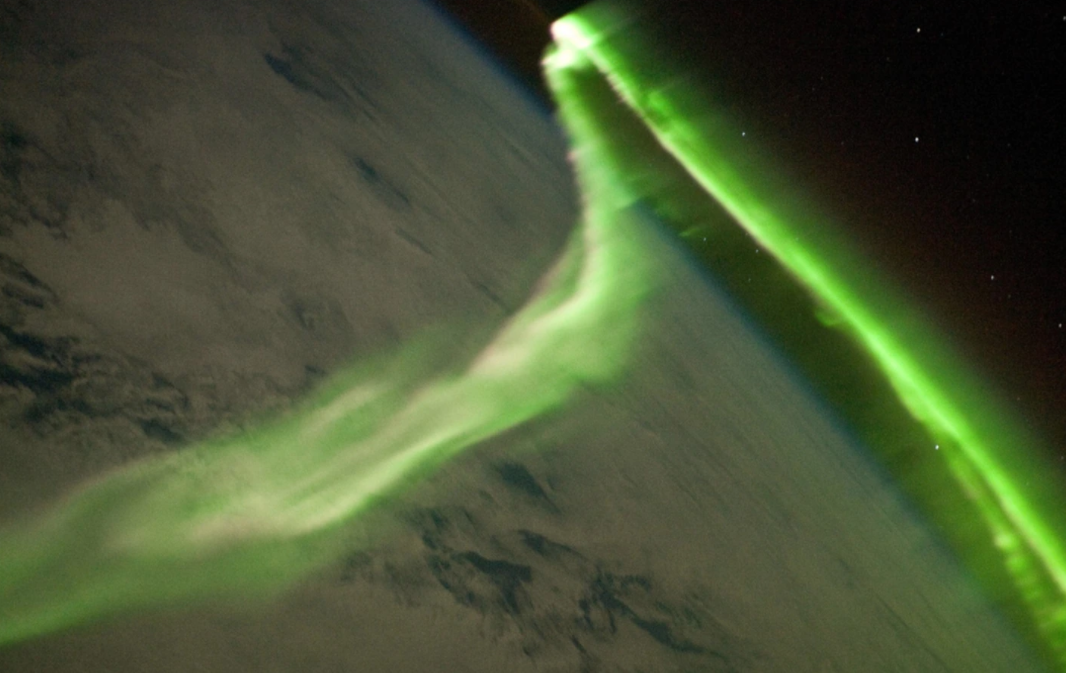Non-profit

The U.S. Space Weather Forecast Center (SWPC) released a strong geomagnetic storm monitoring on Saturday, saying electricity and communications systems could be affected after significant burns in the sun.
The US space agency NASA’s Solar Dynamics Laboratory announced on Thursday that it had observed significant sunlight, or “coronal mass ejection” (CME). Flares or CMEs are powerful combustions of the sun’s surface, sending tons of superheated gas and radiation into space. The lab, which constantly monitors solar activity, filmed the event on Thursday.
Radiation explosions are often directed at the Earth, and the harmful radiation from a combustion can not physically infect humans through the Earth’s atmosphere, and if they are strong enough, they can disturb the atmosphere in the layer in which they travel.
The SWPC, a division of the National Oceanic and Atmospheric Administration (NOAA), issues a warning when solar activity affects daily activity on Earth.

In this case, on Saturday, the center released a strong storm monitoring or G3, which could affect radiation electrical systems, create voltage irregularities, interfere with communication systems or interfere with the operation of ships. Space, satellites, etc.
The Aurora Borealis, also known as the Northern Lights, is visible at unusually low latitudes on Saturday, the forecast center said. It released a moderate geomagnetic or G2 storm monitor for Sunday.
NASA and NOAA (Office of the National Oceanic and Atmospheric Administration) have developed the National Space Weather Strategy and Action Plan to help mitigate the effects of solar events. NASA operates as a research unit for the country’s space meteorological initiative, using a spacecraft that monitors the activity of the sun, the solar atmosphere and the activity of particles and magnetic fields in space around the earth.
NOAA installed SWPC in Boulder, Colorado to monitor solar activity, in the same way that NOAA’s National Hurricane Center monitors tropical cyclones. Using NASA satellites and solar labs, SWPC can provide forecasts and warnings of solar activity that could affect the Earth.





:quality(85)/cloudfront-us-east-1.images.arcpublishing.com/infobae/KTKFKR763RBZ5BDQZJ36S5QUHM.jpg)